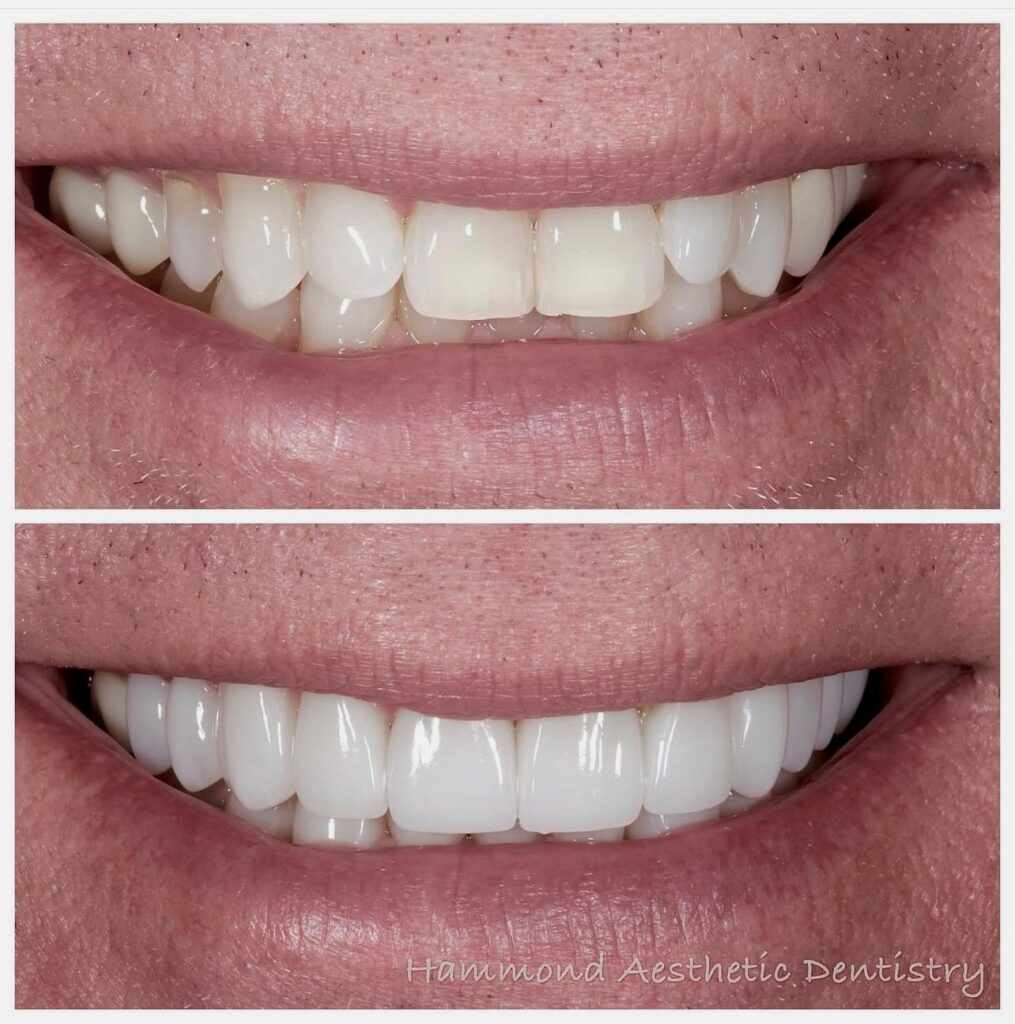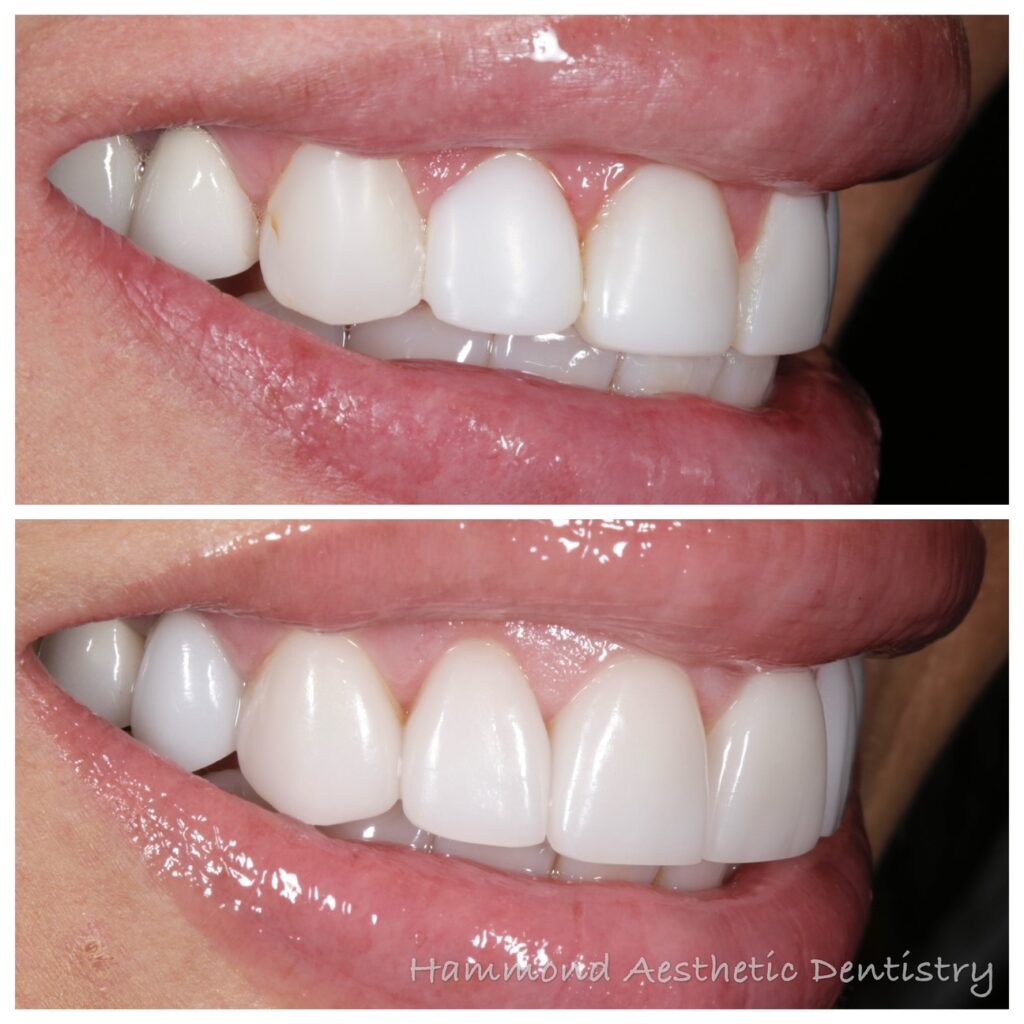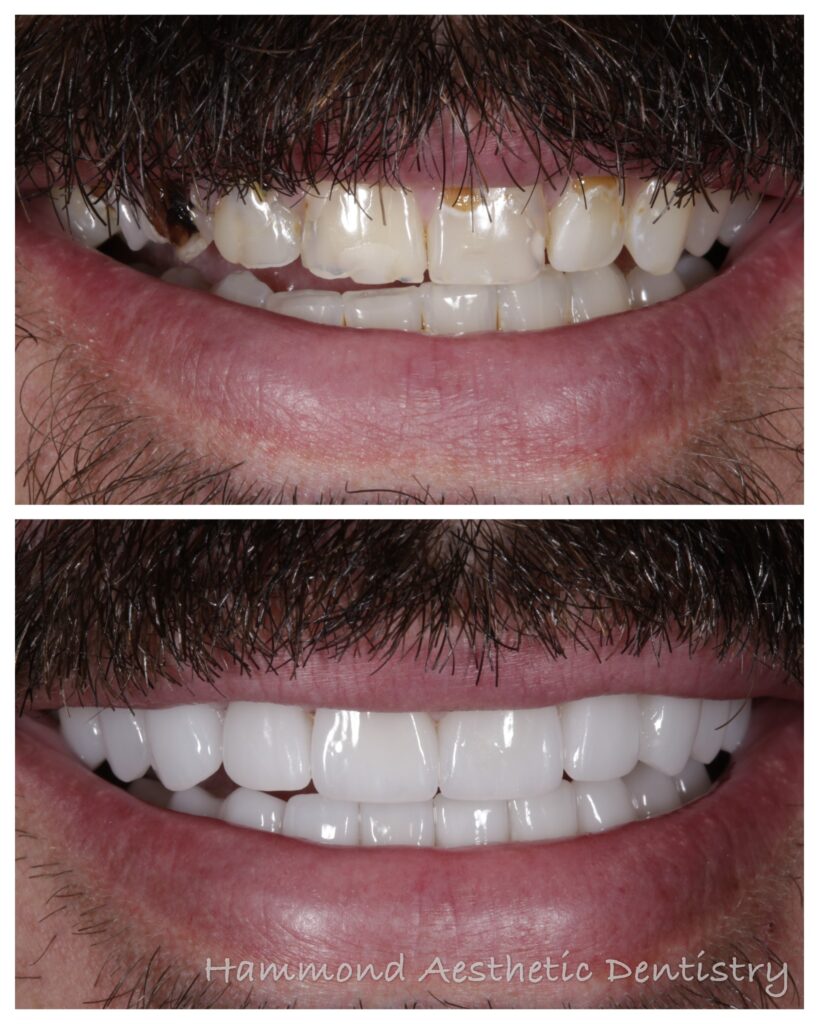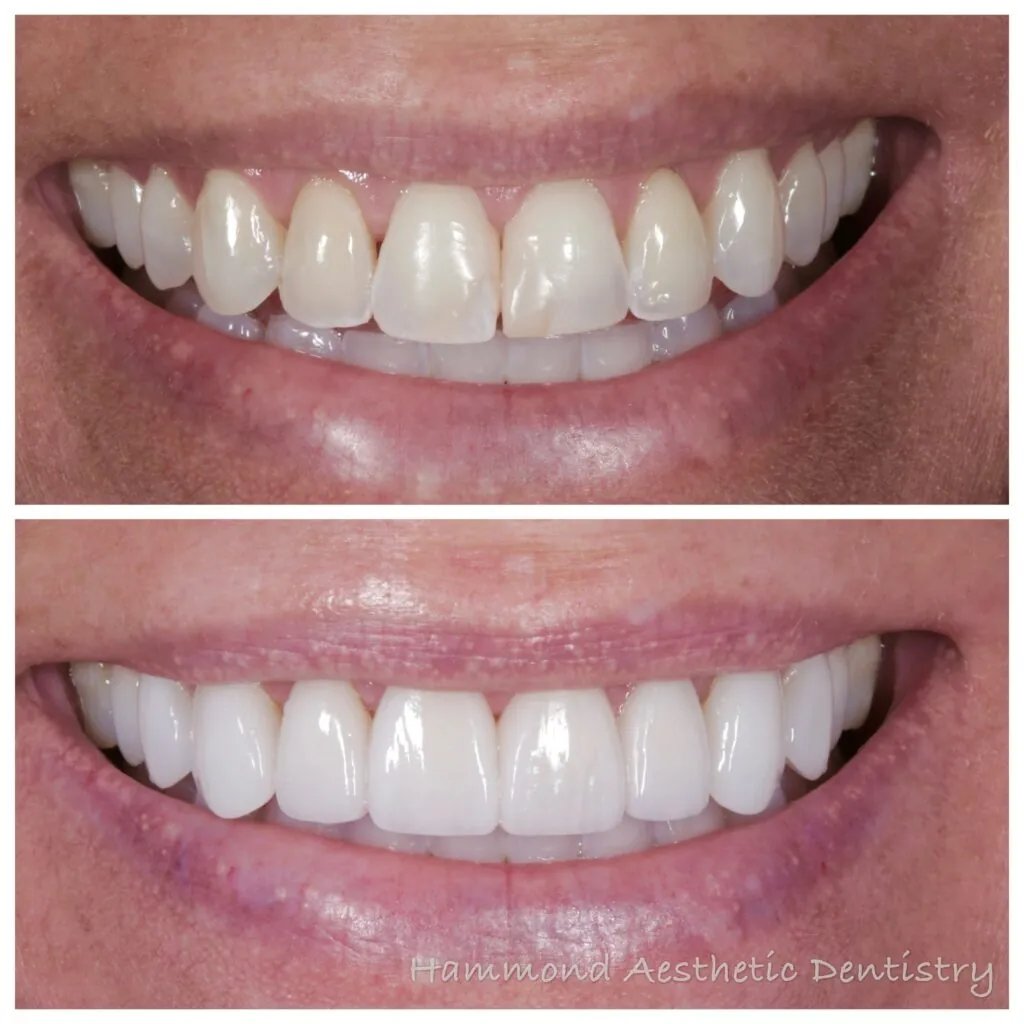Hailed as the latest alternative to traditional dental surgery, radiosurgery is replacing scalpels, being used for numerous cosmetic and surgical procedures and gaining widespread acceptance by patients and practitioners, according to dentists at the 45th annual meeting of the Academy of General Dentistry.
Radiosurgery, a safe, time-saving and stress-free dental technique, uses radio waves instead of a scalpel to render a pressureless, bloodless, micro-smooth incision and minimize surgical time and post-operative treatment for the patient. Dentists can program the wand-like instrument to produce four different radio waveforms to be used for various procedures ranging from bleaching teeth to gum surgery to biopsies.
Cosmetic Procedures
Cosmetic radiosurgery procedures produce a variety of immediate aesthetic results. “For instance, gummy smiles that result from excess gum tissue that covers the top of the front teeth can be corrected,” said Jeffrey A. Sherman, DDS, and faculty member for the post-graduate dental program at Albert Einstein College of Medicine. “Radiosurgery is unique in that directly after excess tissue is removed through a pressureless incision, a patient can look in the mirror and see their new ‘toothier’ smile. In contrast, if a scalpel was used to remove the tissue, the patient would have to wait a few days for the wounds to heal before seeing the results.”
Whiter, brighter smiles are also attainable through radiosurgery techniques. Peroxide solution is placed directly on the teeth and heated with radio waves from a spoon-shaped electrode, which penetrates and dissolves topical stains and produces longer-lasting, whiter teeth.
“Heating the bleaching gels with a radio wave has shown to produce a quicker, rapid uptake in teeth bleaching as opposed to using a topical application that has not been heated with radio waves.”
Radiosurgery is used for contouring the gum tissue to establish more aesthetic porcelain veneers. The porcelain veneers, ultra-thin shells of ceramic material used to improve tooth appearance, are then bonded directly to the front teeth.
During crown impression procedures, dentists use radio waves to cut away the gum that surrounds the base of the tooth and take an impression so the crown will rest properly when permanently fitted. “Radiosurgery is important during crown impressions because it removes and prevents any blood or tissue from covering the tooth. A more predictable impression is taken and the patient can be assured the permanent crown will fit properly,” said Dr. Sherman.
Radio waves are also used to remove swollen gums or reshape the palate, the roof of a denture wearer’s mouth. “As a result of wearing dentures for many years, patients’ gums become inflamed or the roof of their mouth becomes misshaped, which causes their dentures to slide or fit uncomfortably,” said Dr. Sherman. “The patient can have properly fitting dentures again.”
“Cosmetically, radiosurgery results are superb. Because there is no bleeding, there is no mess and the patient can see immediate instant results,” said Dr. Sherman.
Surgical Procedures
Radiosurgery is also used for various surgical procedures such as gum surgeries; surgical root canals; frenectomies or removal of a muscle that grows between the two front teeth; and biopsies of questionable lesions.
“For the patient, the advantages of radiosurgery far outweigh the traditional use of a scalpel during surgery because of the little, if any, bleeding during procedures, minimized operative time and better post-operative results,” said Dr. Sherman.





